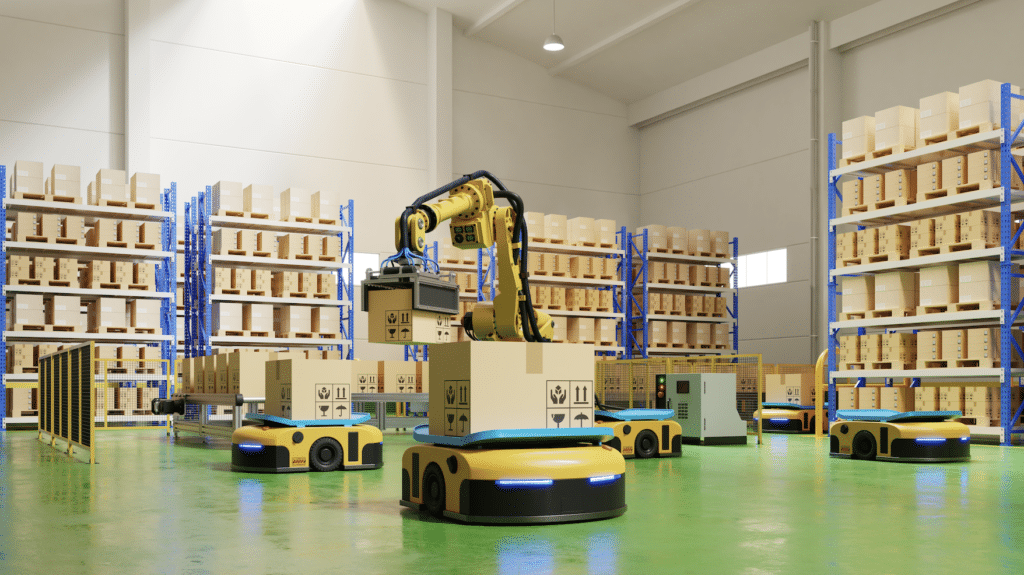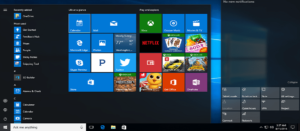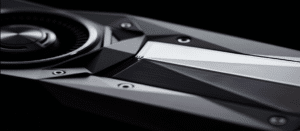Automated process control is an integral part of modern industry. Automation enables manufacturers of integrated circuits to both minimize errors during the manufacturing process and improve production efficiency, thereby increasing the quality of the end products.
Control theory and industrial automation
To achieve automated process control, industrial processes must be accurate, predictable, and repeatable. In practice, this requires a controller that monitors a process variable and compares it to a setpoint or reference value.
The difference between the value of the process variable and the setpoint (ie the ideal state of the process variable) is defined as the error signal. This sends feedback to the controller to take action to bring the process value back to the ideal setpoint.
Basically, control and automation engineering (or C&E) is a branch of electrical engineering that deals with the design, development, and overall operation of hardware and software elements for industrial process control.
What are control systems?
A control system is a network of electrical and/or electromechanical devices designed to control the behavior of dynamic process systems through control loops. There are two main types of controls: open-loop and closed-loop.
In a controller, the correct action of the controller does not depend on the value of the process variable. For example, a timer used to turn a heating element on or off is open-loop because the timer will turn the device off at a specific time, regardless of its temperature.
In contrast, in closed-loop control, the behavior of the controller depends on the feedback signals from the process.
control loop types
The main control loop types used in industry include supervisory and data acquisition systems (SCADA), industrial control systems (ICS) or distributed control systems (DCS).
The next three sections report more about control loops.
Supervisory control and data acquisition
SCADA refers to computer applications for controlling processes remotely. Although SCADA systems work with proprietary software, they can also contain hardware components. The hardware component collects information about a specific process and transmits it to a computer running the relevant SCADA software.
Such a program logs all events to a local storage file and continuously monitors the system. If an abnormal condition occurs, the engineer in the control room is notified (see example above) so that he can fix the problem manually.
Industrial control system
An ICS is the integration of hardware and software devices over wired or wireless networks to control critical industrial processes. Key applications for ICS include power supply, electronic component manufacturing, and industrial IoT. Most ICS use proprietary control software with built-in network security protocols.
Distributed Control Systems
DCS are computerized control systems for plants or large facilities: they consist of multiple control loops with distributed, dedicated controls (instead of a central control system).
DCS are used in industrial applications, e.g. B. in oil and gas refineries, heating, ventilation and air conditioning (HVAC) systems, food processing plants, sewage treatment plants and others. Like SCADA systems, distributed control systems consist of both software and hardware components.
control devices
Depending on the application, many types of process control equipment and Access control deployed. Six examples of such devices are covered in the following five sections:
programmable logic controllers
Programmable logic controllers (PLCs) are portable and robust Industrial computers programmed to perform a specific task. They consist of a CPU, input and output assemblies, computer software, power supply, and a rack assembly.
Proportional-integral derivative controller
PID technologies are industrial control devices whose controllers use proportional, integral, and derivative controls to adjust a process variable to the desired setpoint.
PIDs are used to control variables such as temperature, flow, and pressure in closed loops (e.g., in automotive assembly plants and sewage treatment plants).
Industrial sensors
Industrial sensors are devices that detect physical stimuli such as light, heat, movement or mechanical pressure and respond accordingly (e.g. displaying a value on an LCD screen, pressing a switch, etc.).
Control systems use a variety of sensors to regulate industrial processes by connecting to controllers. For example, a temperature sensor can detect an abnormal process temperature and operate a relay to shut down an otherwise potentially overheated machine.








